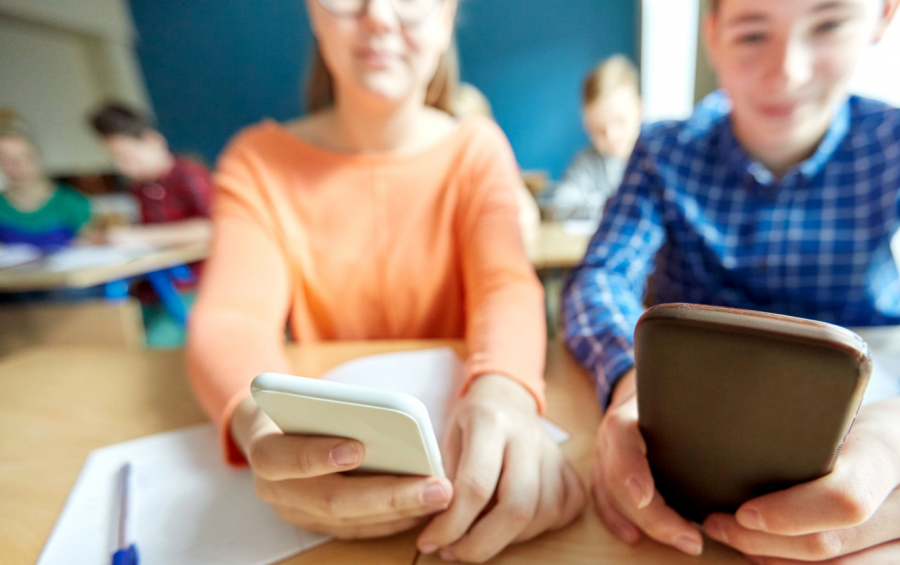Cellphones in Class vs. How Teachers Can Combat It
Cellphones: The older generation’s favorite reason to harp on Gen Z. One thing both generations can agree on is that phones serve a good purpose for communication and accessing digital knowledge at the tip of our fingers, but when it comes to having them in a school setting or limiting screen time, contrasting opinions begin to arise.
In school classrooms, some teachers will have students put their phones in a numbered caddy upon arriving; some will remind them to keep them out of sight; others don’t acknowledge them being out unless it is becoming an obvious distraction. These variations simply depend on teaching styles and preferences, but what about the students’ learning styles and preferences?
More students than not battle with mental health, including struggles like ADHD. In 2020, a reported 5.4 million students were diagnosed with ADHD. These mental illnesses are very common and a big factor in students’ lives, especially in school. These should be considered when it comes to a student’s experience in class. Sitting still in a hard-plastic chair at a table for an over an hour straight is torture for any student with ADHD, who is unable to focus or sit still for that long.
One might ask, what can teachers do to help their class be more inclusive to students who deal with these struggles? Allowing students to have a 5-10 minute stretch break in the middle of class is a great way to start. By doing this, it divides the class up just enough for students to be able to get up, shake out their fallen-asleep-limbs, stretch, go to the bathroom, talk to their friends, and use their phones; all things that would be considered a disruption during class itself. Some students need to release pent up energy and a 5-10 minute break is just the solution. For example, a student is more likely to spend more time trying to find a way to use their phone during class than they will be if they know they will get to check it halfway through class. This also counters the issue of having to use the bathroom during a lesson or work time because there is time set aside in the middle of the block for that to happen.
When phones take away a student’s attention from the teacher and the lesson, they become a problem. Students should be considerate of the time teachers take to prepare lessons by giving them their attention. In addition, they should try their best to follow along and get work done. However, teachers should also respect students by recognizing the hours they spend doing schoolwork, in and outside of school, and the effort given towards being a successful student. A 5-10 minute rewarding break is more beneficial than frequently reminding students to put their phones away. It is human nature to want to do something more when you’re not supposed to , so by making this compromise, it will benefit both the students and the teachers.


Will Roberts • Sep 5, 2022 at 3:58 PM
I need my cell phone